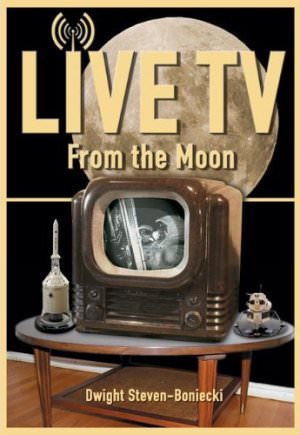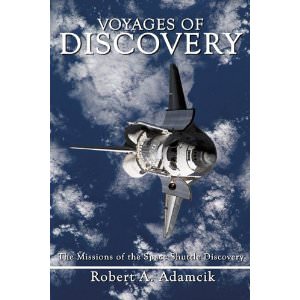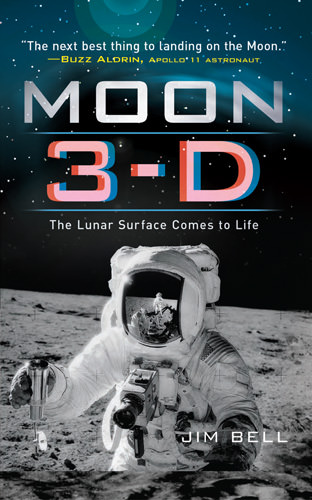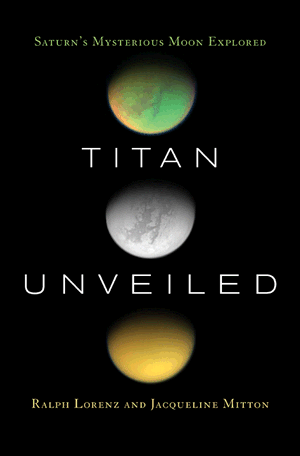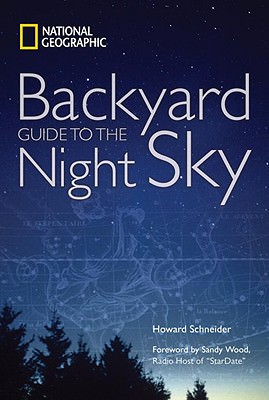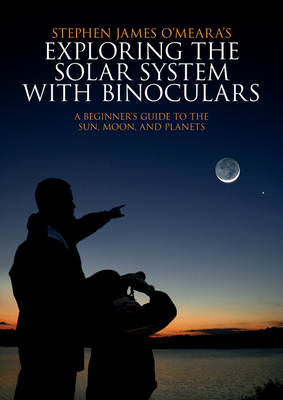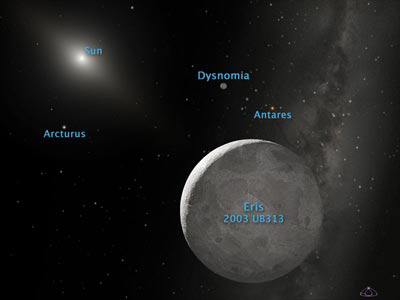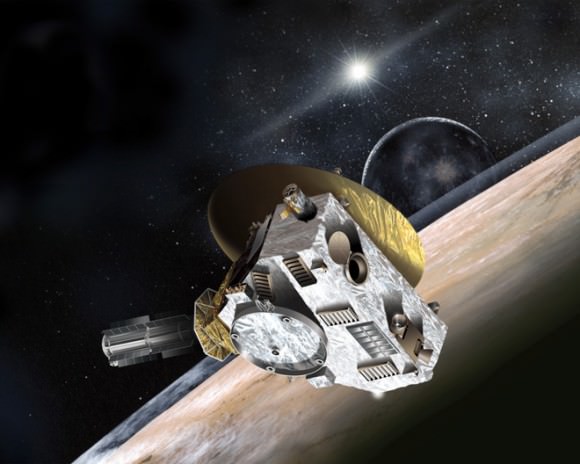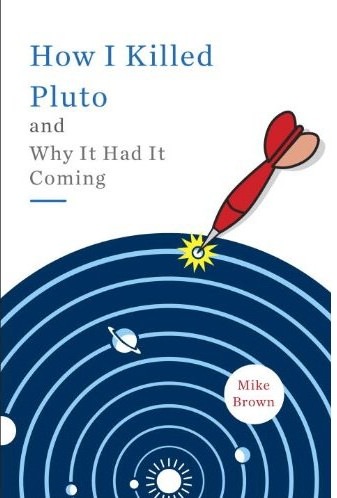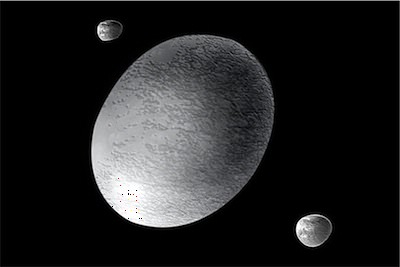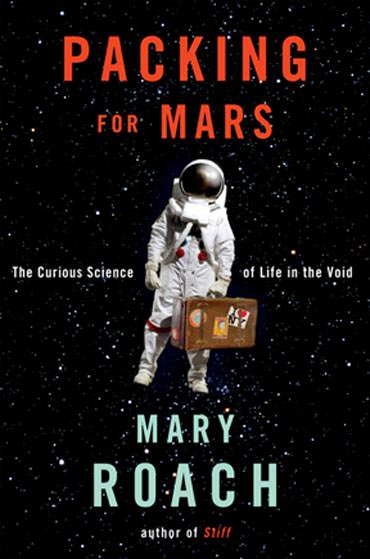Acting as a surrogate umbilical cord between society and its offspring, live television emissions connected the family’s living room to the first human footsteps upon the Moon. Dwight Steven-Boniecki’s book “Live TV from the Moon” faithfully details the technical marvels that kept this connection functioning and the families entertained.
As much as the lunar program was a huge new endeavour for humankind, broadcast television was also making an impact. Where the family room was a place for well acquainted friends to come together, with television’s introduction, the room had to accommodate visitors and images from anywhere on planet Earth. Soon, people learned to love Lucy even though they had never met her. Behind this expansive connectivity was a marvel of electronic transmission that was needing to be extended to the Moon far above Earth.
The marvel of electronic emissions had barely been introduced into the world and people were already building space ships. Such a challenge didn’t slow up our forebears as this book shows with its presentation of the technical marvels of the in-flight camera system and the Earth bound scan converters. Principally the book’s a redoing of the engineering challenge of meshing the space capsule’s physical requirements (e.g. low mass allowance, high light contrast, poor heat rejection) with the existing, nascent Earth transmission service. While perhaps at times a bit dry and overly descriptive, the descriptions show the advancement in technology from low fidelity black and white of the early parts of the Apollo program through to the full colour high contrast remote control units of the later parts. The technical details aren’t overly complex but as this is the focus of the book you will see a fair amount.
As well, this book includes other, societal aspects. These mostly are the efforts to have television be defined as an essential part of the lunar flight as well as the extremely variable public interest given to the results. It shows that dramas as with Apollo 13 certainly kept people’s interest fixated; but recall that the event was extended over many days and with very little changing on the video. This and others are seen as quite dry for the average television viewer as little to nothing happened in front of the camera lens. Hence, the television camera and its emission are seen to have a love-hate relationship with the viewers. Nevertheless, this book does push the reader to contemplate the advantages of live television and the appreciation and attention span of the average member of society.
While the written portion of the book does great justice to the topic, the included
DVD is off the mark. I greatly expected to see many of the historical film clips perhaps doctored up to look better with current technology. Rather, aside for the launch of the last few lunar modules from the Moon’s surface, there’s little historical video. The book includes many pictures (frame grabs) and the DVD has some slide shows of stills (other grabs) but given the topic, I would have valued some additions along these lines rather than searching the Internet.
Still, this is a book about the television technology that had to grow up very quickly as more and more demands were placed upon it. Dwight Steven-Boniecki doesn’t let the reader forget this. In “Live TV From the Moon” he keeps you in the laboratory seeing the equipment tests, with the managers choosing formats and functions and with the viewer enjoying the enthrallment of human space travel. With such demands, it’s no wonder that space travel and television have matured so quickly.
Click here to read more reviews or buy this book from Amazon.com.

